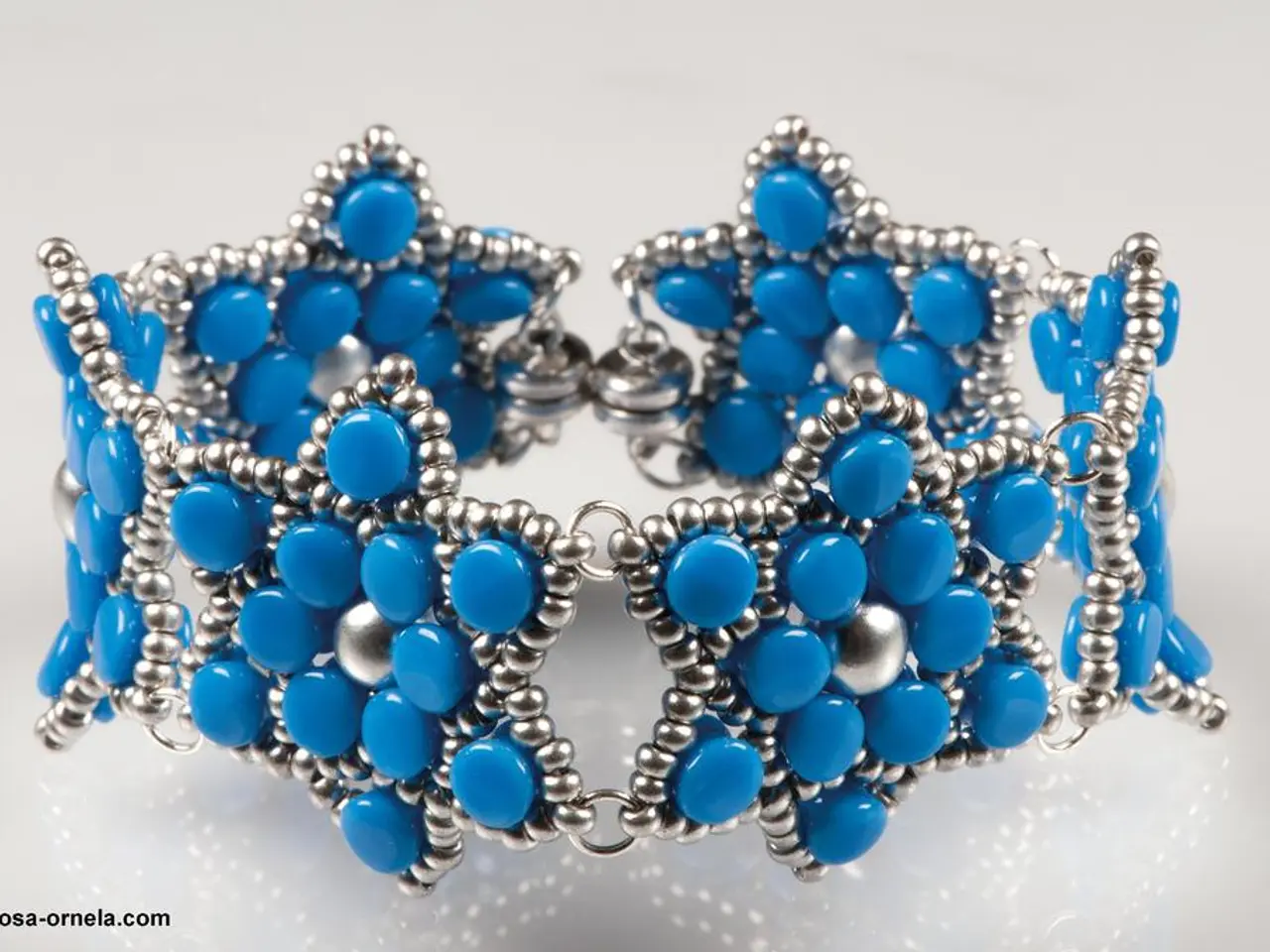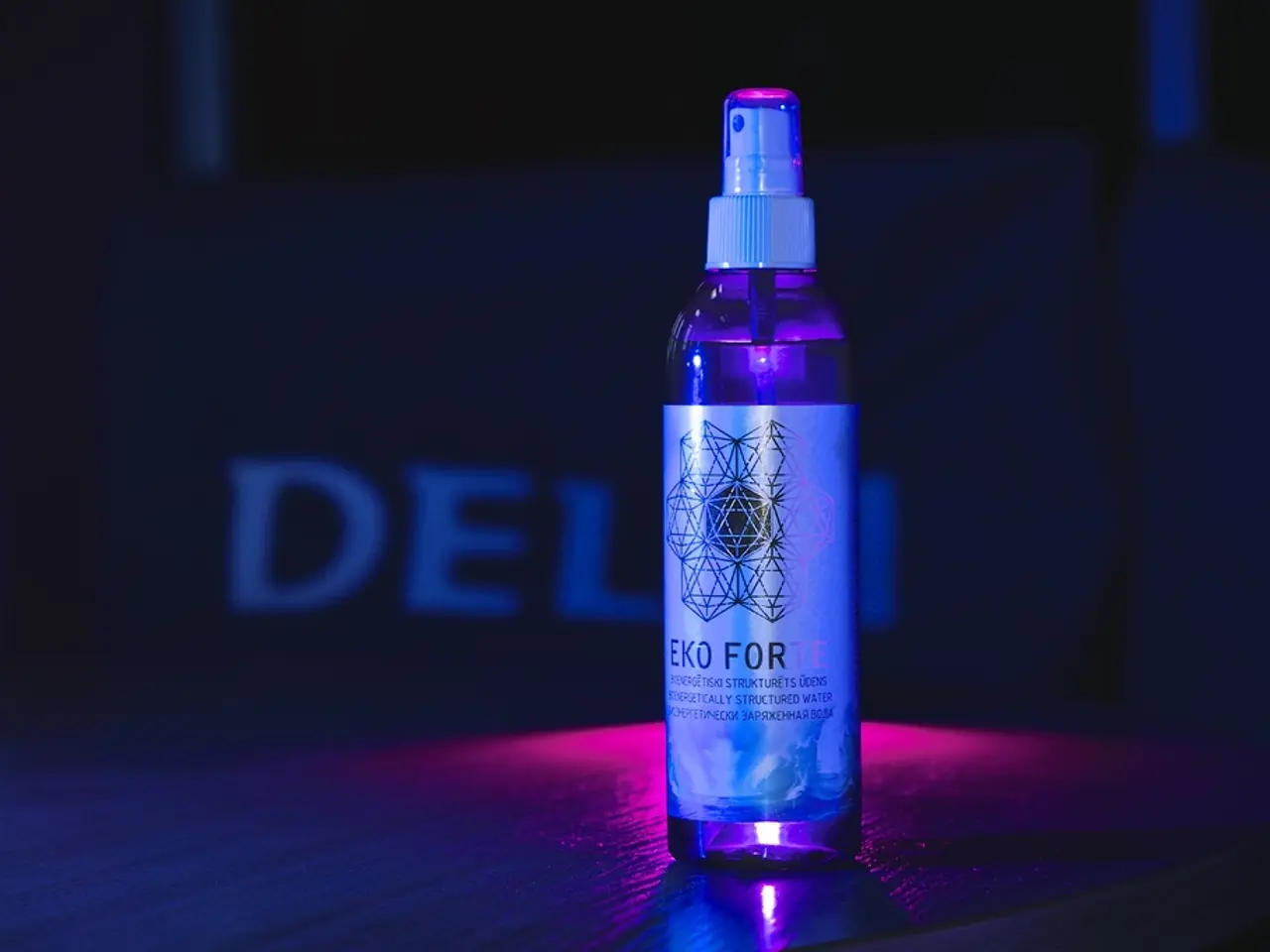Surgical Repair of Rotator Cuff: Anticipated Outcomes, Advantages, and Healing Process
Rotator cuff surgery is a common orthopaedic procedure aimed at repairing damaged or torn tendons in the shoulder. This article provides an overview of the reasons for rotator cuff surgery, the recovery process, and what patients can expect during their journey to regain shoulder strength and function.
Common Reasons for Rotator Cuff Surgery
Rotator cuff surgery is generally considered when:
- Moderate to significant pain and weakness in the shoulder persist despite nonsurgical treatments such as rest, medication, and physical therapy.
- There is a large or complete tear of the tendon, especially if it results from a new injury, or if the tear is causing persistent symptoms.
- Conservative treatments have failed to provide relief after several weeks or months, and daily activities or sleep are still affected.
- The patient is relatively young and active, and regaining full shoulder function is a priority, although surgery can also benefit older patients with severe symptoms.
These decisions are individualized based on the patient's age, activity level, overall health, and the characteristics of the tear.
What to Expect During Recovery
Recovery from rotator cuff surgery—especially when performed arthroscopically—is a gradual process that requires patience and adherence to post-operative care instructions. Here’s what patients can generally expect:
Immediate Post-Surgery
- Pain and swelling are common and can be managed with prescribed medications and ice packs.
- Immobilization of the shoulder with a sling is usually required for several weeks to protect the repaired tendon.
- Avoidance of heavy lifting, overhead reaching, and repetitive motions is critical in the first few weeks to prevent re-injury.
Rehabilitation
- Physical therapy typically starts a few weeks after surgery, focusing initially on passive movements and gradually progressing to active exercises as healing permits.
- Restoring range of motion is a primary early goal, followed by strengthening exercises to rebuild shoulder function.
- Full recovery can take several months, with most patients able to return to normal activities in 4–6 months, though strenuous or high-impact activities may take longer.
- The exact timeline depends on the size and complexity of the tear, the type of surgery, the patient’s age, and overall health.
Potential Complications and Outcomes
- Risks include infection, stiffness, tendon re-tear, and, less commonly, nerve injury.
- Successful outcomes are more likely with strict adherence to rehabilitation and avoiding premature return to strenuous activities.
- Some patients may experience persistent weakness or occasional discomfort, even after full recovery, particularly with large or complex tears.
Summary Table: Recovery Milestones
| Phase | Timeframe | Key Activities | |--------------------------|----------------------------|-------------------------------------------------| | Immediate Post-op | 0–2 weeks | Sling use, pain control, rest | | Early Rehabilitation | 2–6 weeks | Passive range of motion, gentle PT | | Strengthening | 6–12 weeks | Active exercises, gradual strengthening | | Return to Activities | 3–6 months | Most daily activities; sports later if cleared |
Key Points
- Surgery is elective and typically reserved for cases where non-surgical options fail or for large, symptomatic tears.
- Arthroscopic repair is minimally invasive, with smaller incisions and potentially faster recovery than open surgery, but full recovery still requires months of rehabilitation.
- Patient commitment to post-operative care and rehabilitation is crucial for optimal outcomes.
Recovery is a collaborative effort between patient, surgeon, and physical therapist, and patience is essential for regaining shoulder strength and function.
Rotator cuff surgery may be performed arthroscopically or open, depending on the severity of the tear and the quality of the surrounding tissue. A 2018 study suggests that people who had arthroscopic rotator cuff repair surgery were generally happy with the results 6 months later.
The main benefit of rotator cuff surgery is that it can eliminate the symptoms someone is experiencing when nonsurgical treatment options have not been successful, mainly shoulder pain and shoulder weakness. However, it's important to note that recovery can be a lengthy process, and patients should be prepared for a commitment to physical therapy and rehabilitation.
If you suspect you may need rotator cuff surgery, it's essential to consult with a healthcare professional to discuss your options and develop a treatment plan tailored to your specific needs.
- For individuals dealing with chronic conditions such as HIV, asthma, or chronic kidney disease, it's crucial to maintain good health and wellness when considering rotator cuff surgery.
- In certain cases, medical-conditions like chronic diseases might impact the recovery process after rotator cuff surgery, necessitating additional precautions and care.
- The Science of medicine helps us understand that rotator cuff surgery can address chronic-disease-related symptoms like persistent shoulder pain and weakness caused by damaged or torn tendons.
- However, individuals, especially those with co-existing medical conditions, should discuss their specific situations with medical professionals to ensure the best possible outcomes post-surgery, considering the potential complications and the commitment required for rehabilitation.
- Engaging with healthcare professionals and adhering to the science-guided recommendations set by experts in medicine, health-and-wellness, and rehabilitation can pave the way for a successful journey to regain shoulder strength and function following rotator cuff surgery.




